ID Today
ID Today
For 85 years (and counting) ID has invested primarily in students, and therefore, in the future of design—in the practical, gratifying value of collegial work for the public good.
From our roots in industrialization as The New Bauhaus and our founder László Moholy-Nagy’s focus on experimentation, to pioneering systems design and human-centered design, time and again, we have propelled design into new frontiers.
Today, ID helps learners and leaders navigate our latest industrial revolution—an unprecedented commingling of the digital, physical, and biological. As artificial intelligence and automation accelerate human experiences, the varied dimensions of contemporary design require multidisciplinary, multigenerational thinking and a radical approach to collaboration.
ID’s collaborative culture is very real, and our award-winning work proves that the best design derives from a community of shared ideas and expertise. At ID, design is by everyone, for everyone—and always looking forward.
The only design school in the US devoted exclusively to graduate study, we expand the tenets and applications of human-centered design and systems-based design—both pioneered here.
Through asynchronous, online team-oriented courses at the ID Academy, your organization will unlock opportunities, meet change head-on, and face the future with a plan for success.
We show groups how design can help them find novel approaches to the world’s most pressing issues and transform the systems that underpin them—from cities, education, and finance to food, healthcare, and technology.
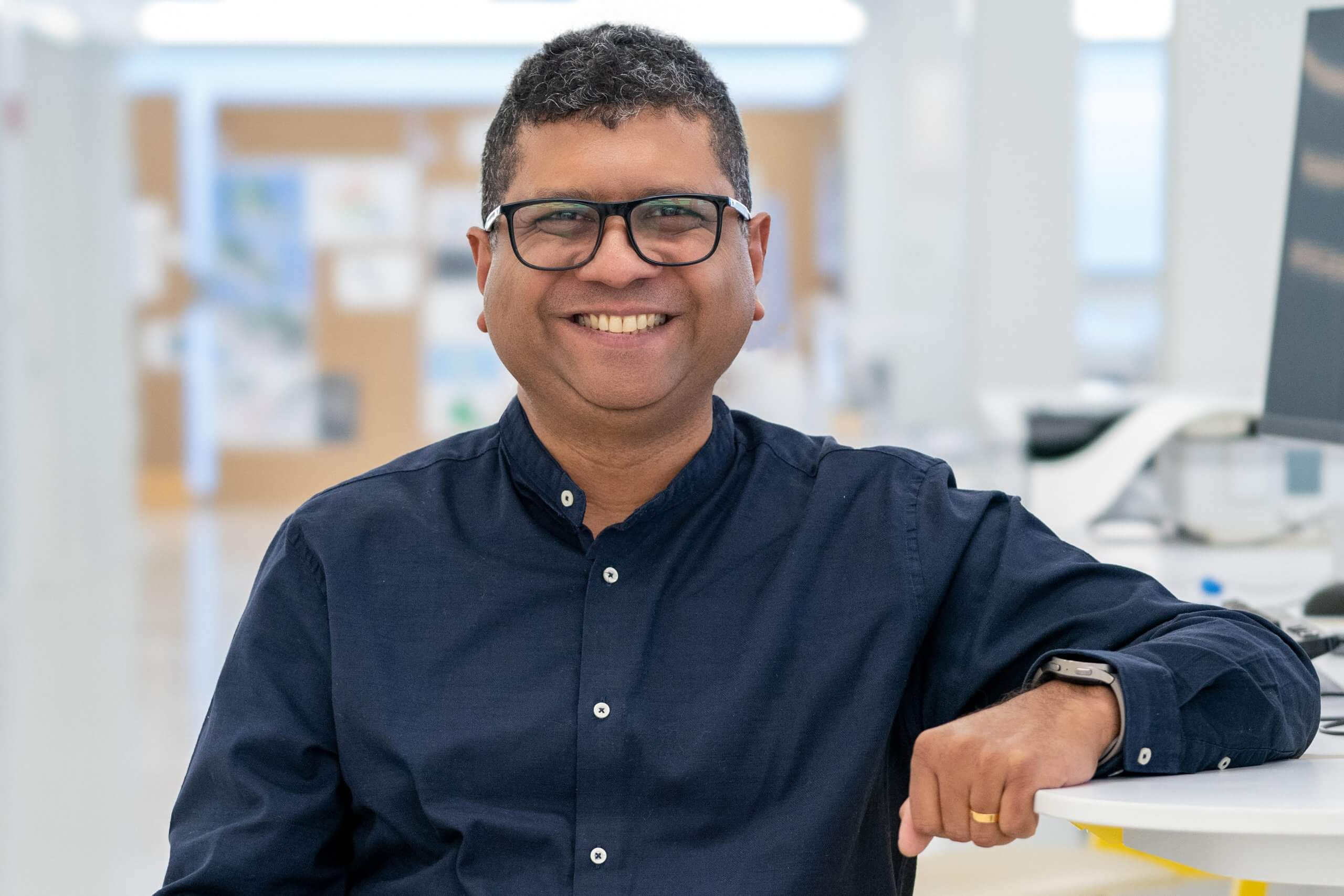
Dean Anijo Mathew
Where Must Design Go Next?
How do you design design? What is the future of design practice? How do you set up academic institutions to thrive under rapid change? What can we learn from design history to point toward a better future? Jarrett Fuller in conversation with Dean Anijo Mathew.
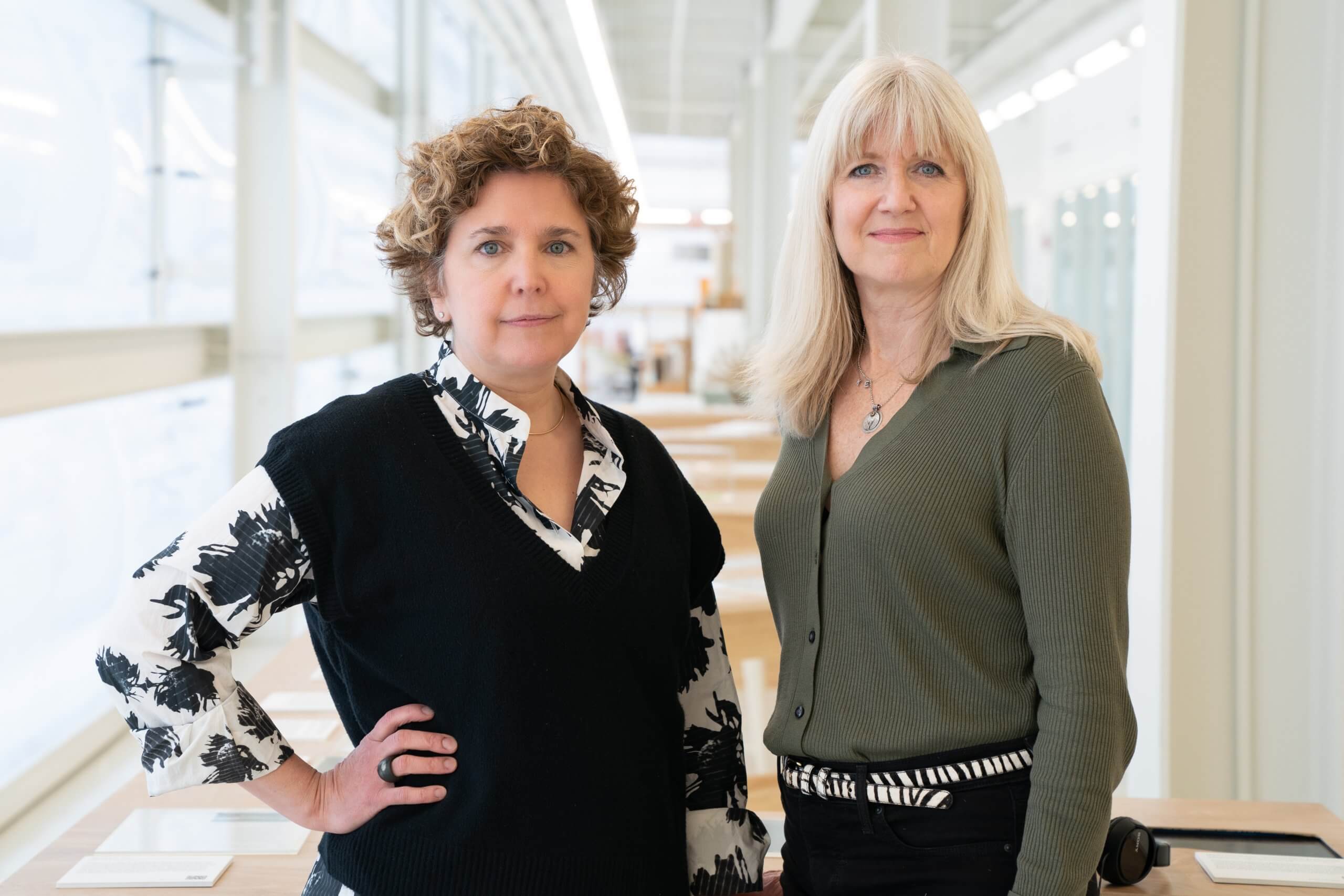
Maura Shea and Kim Erwin
Why Is Design Always Talking About Complexity?
What does it mean to be a designer when the thing you are designing isn’t always a clear, physical object? How does a designer find their place — and their purpose — within a system where what the asks are not always clear? How does the role of the designer change when design’s role moves from the object to the system? Jarrett Fuller in conversation with ID faculty Maura Shea and Kim Erwin.
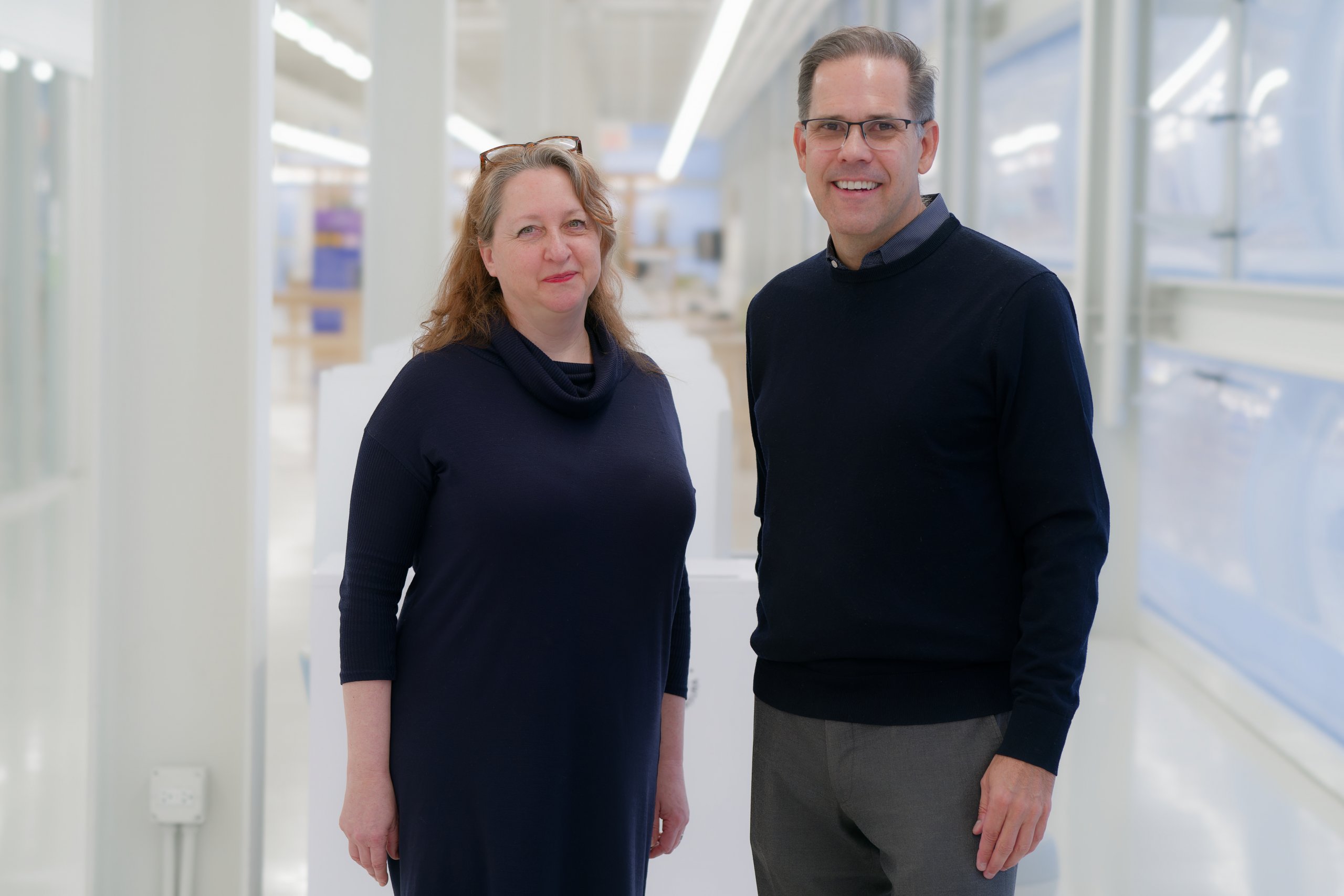
Ruth Schmidt and Carlos Teixeira
What If Human-Centered Design Isn’t Enough?
How is human-centered design different than just design? And perhaps more importantly, is human-centered design really the goal we should be focused on? Does it overlook non-human design, for example, or ignore environmental issues? How can we think about design that is, perhaps, ecology-centered or as one of my guests today refers to it, humanity-centered design? Jarrett Fuller in conversation with ID faculty Ruth Schmidt and Carlos Teixeira.
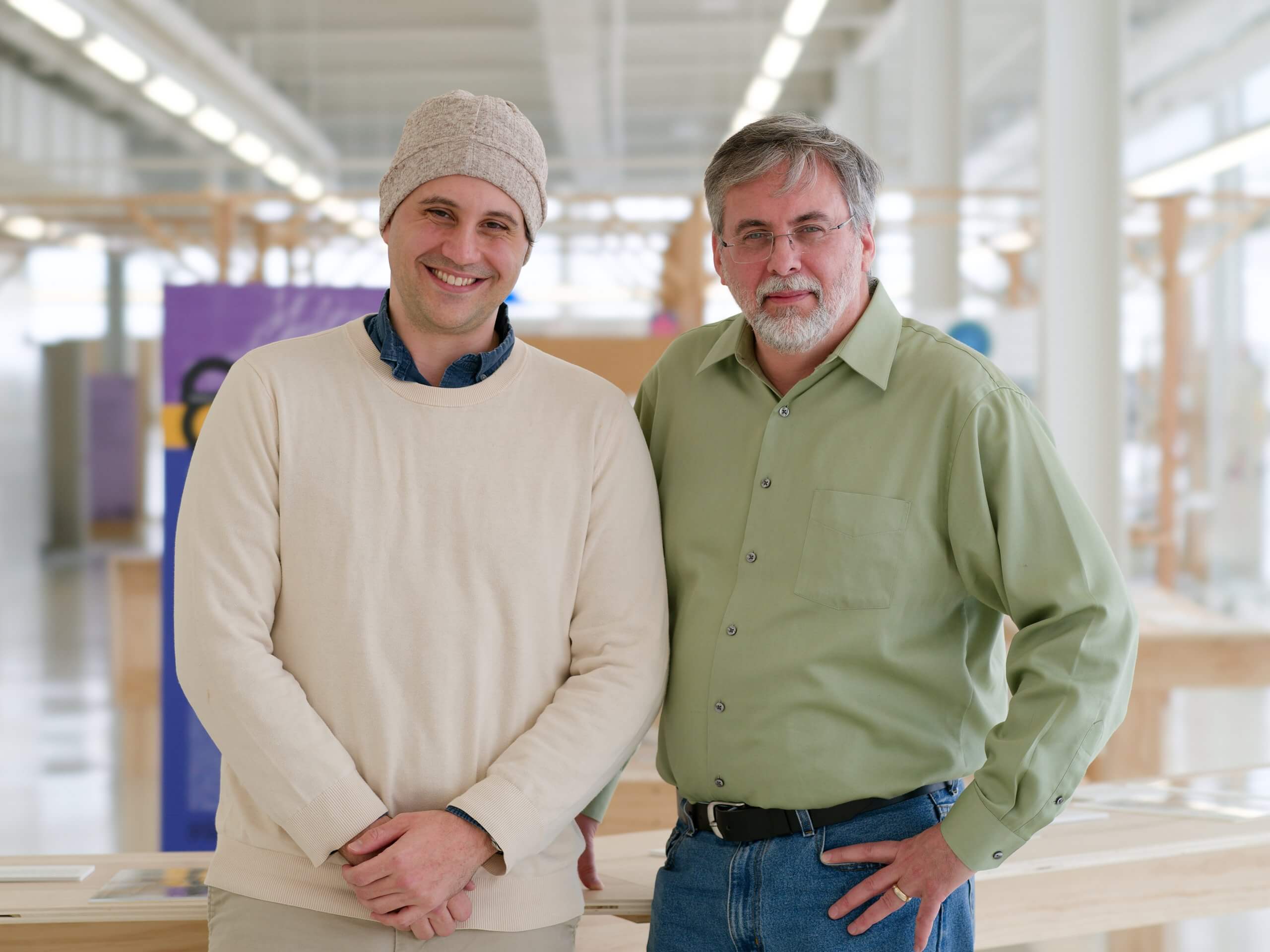
Zach Pino and Matt Mayfield
How Do You Teach Design for Tomorrow?
What does it mean to teach design today? What do today’s design students need to know to practice design? What does the future of design look like? What is the value of design education and its role in the industry? Jarrett Fuller in conversation with ID faculty Zach Pino and Matt Mayfield.
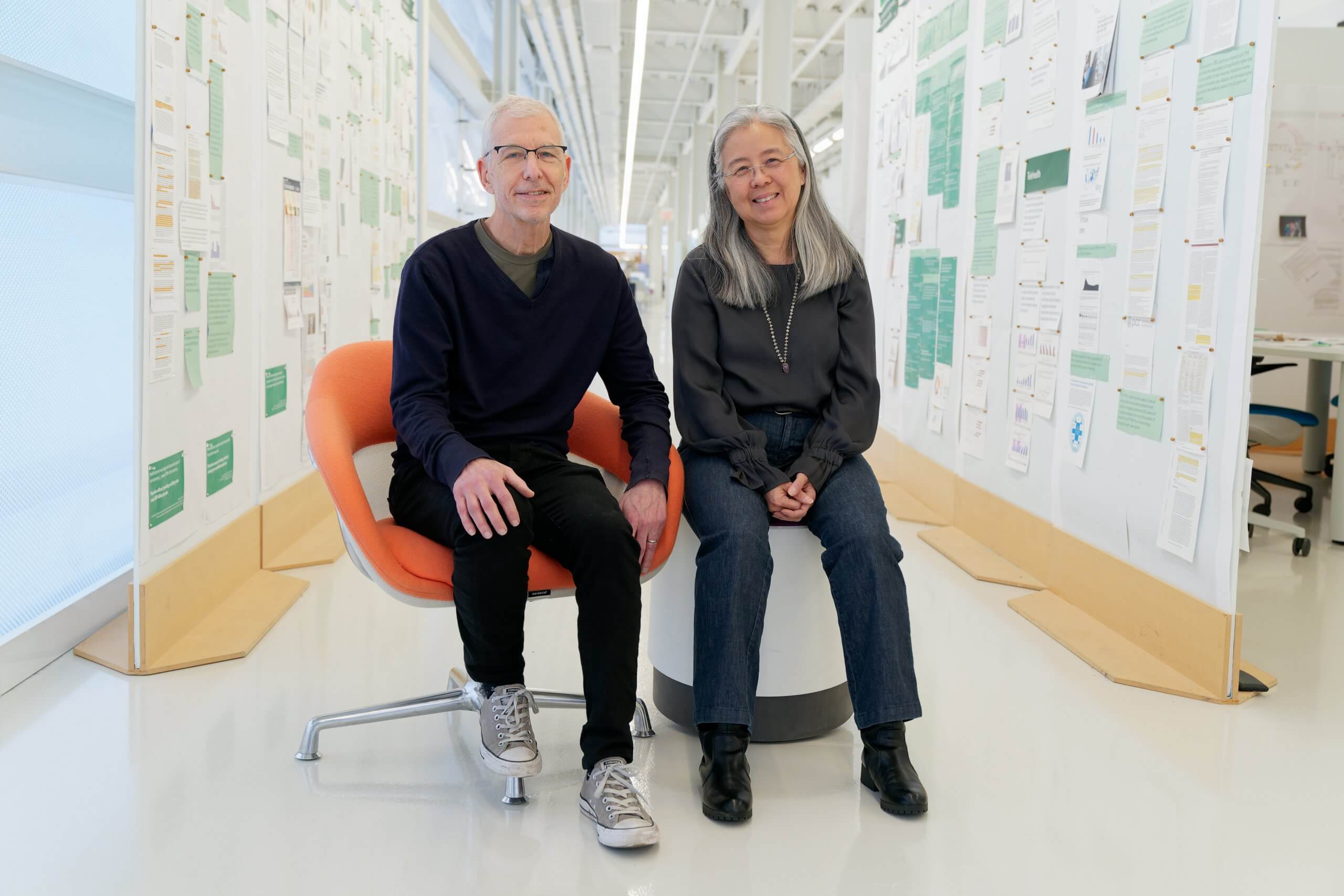
Marty Thaler and Tomoko Ichikawa
How Does Someone Become a Designer?
Foundation courses in art and design schools are perhaps one of the most enduring legacies of the Bauhaus. These courses would focus on materials and processes that one’s design education could be built upon. When László Moholy-Nagy started The New Bauhaus in Chicago, he reinstated these courses as core for all students. But what is the purpose of Foundation? Why has this model endured? What should foundation classes look like today to train future designers? Jarrett Fuller in conversation with ID faculty Marty Thaler and Tomoko Ichikawa.